Drivers Behind Localization in 2025
As we move into 2025, businesses face an increasingly complex global landscape. Rapid advancements in technology, evolving customer expectations, and stringent regulatory frameworks are shaping the future of localization. For companies looking to succeed in international markets, localization is no longer optional but a strategic necessity. In this article, we explore three key drivers behind localization in 2025: foreign markets, compliance, and customer expectations.
1. Expanding into Foreign Markets
The global economy continues to grow, offering significant opportunities for businesses to tap into emerging markets. However, succeeding in foreign markets requires more than a one-size-fits-all approach. Localization has become the gateway for businesses to connect with audiences in diverse regions, ensuring cultural and linguistic relevance.
Why Foreign Markets Matter:
- Emerging Economies: Markets in Asia, Africa, and Latin America are experiencing rapid growth, offering untapped potential for global brands.
- Consumer Preferences: Local consumers expect brands to adapt to their cultural norms, languages, and purchasing habits.
- Competitive Advantage: Companies that invest in localization gain a foothold in regions where competitors may fail to resonate.
For instance, businesses entering Southeast Asia must adapt content for diverse languages like Thai, Malay, and Vietnamese. A localized strategy ensures products, websites, and campaigns reflect local values, driving acceptance and growth in foreign markets.
2. Regulatory and Compliance Requirements
As businesses expand across borders, they encounter diverse regulatory landscapes that demand localized adaptations. Compliance is a significant driver for localization in 2025, as governments and industries enforce stricter regulations to protect local consumers and markets.
Key Compliance Challenges:
- Language-Specific Regulations: Many countries mandate that legal documents, product manuals, and safety guidelines must be available in the local language.
- Data Privacy Laws: With frameworks like the EU’s GDPR and evolving policies in Asia, companies must adapt data privacy content for regional compliance.
- Industry Standards: Sectors like healthcare, finance, and technology require localized content that adheres to specific laws and guidelines.
For example, medical device companies operating in Europe and Asia must ensure that user manuals are translated and localized to meet regional safety and regulatory standards. Non-compliance can result in legal penalties, product recalls, and reputational damage.
3. Rising Customer Expectations
In 2025, the customer experience will be at the heart of localization efforts. As digital transformation continues, consumers expect brands to deliver seamless, personalized experiences in their native languages. A lack of localization can lead to disengagement and lost opportunities.
Meeting Customer Demands:
- Personalized Content: Customers are more likely to engage with brands that offer tailored messaging, regional references, and localized visuals.
- Digital Convenience: From eCommerce platforms to mobile apps, localized interfaces and payment options drive customer satisfaction.
- Trust and Connection: Brands that localize content demonstrate cultural awareness and respect, fostering deeper trust with their audiences.
For instance, eCommerce businesses localizing for Middle Eastern markets must adapt to language preferences (Arabic) and cultural buying habits. This includes providing localized customer support, region-specific payment gateways, and tailored marketing campaigns.
Final Thoughts: Embracing Localization in 2025
Localization in 2025 will be driven by the need to succeed in foreign markets, meet compliance demands, and satisfy rising customer expectations. Businesses that prioritize localization as a strategic investment will gain a competitive edge, expand their global reach, and foster stronger relationships with international audiences.
The future of localization lies in understanding regional nuances, navigating regulatory landscapes, and delivering customer-centric experiences that resonate worldwide. For companies looking to thrive in 2025, localization is not just a tool—it is a cornerstone for global success.


